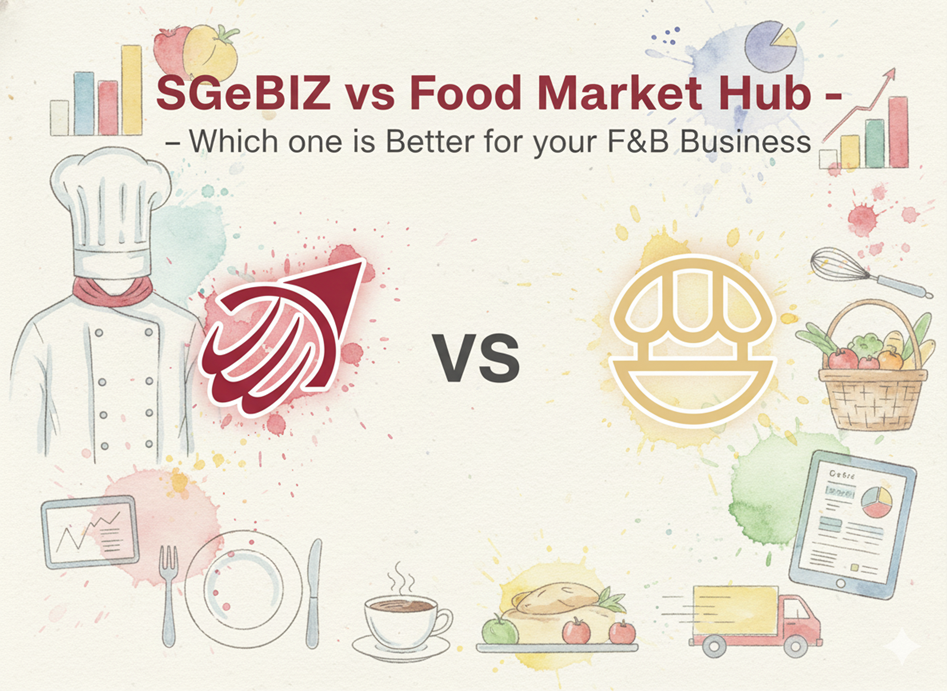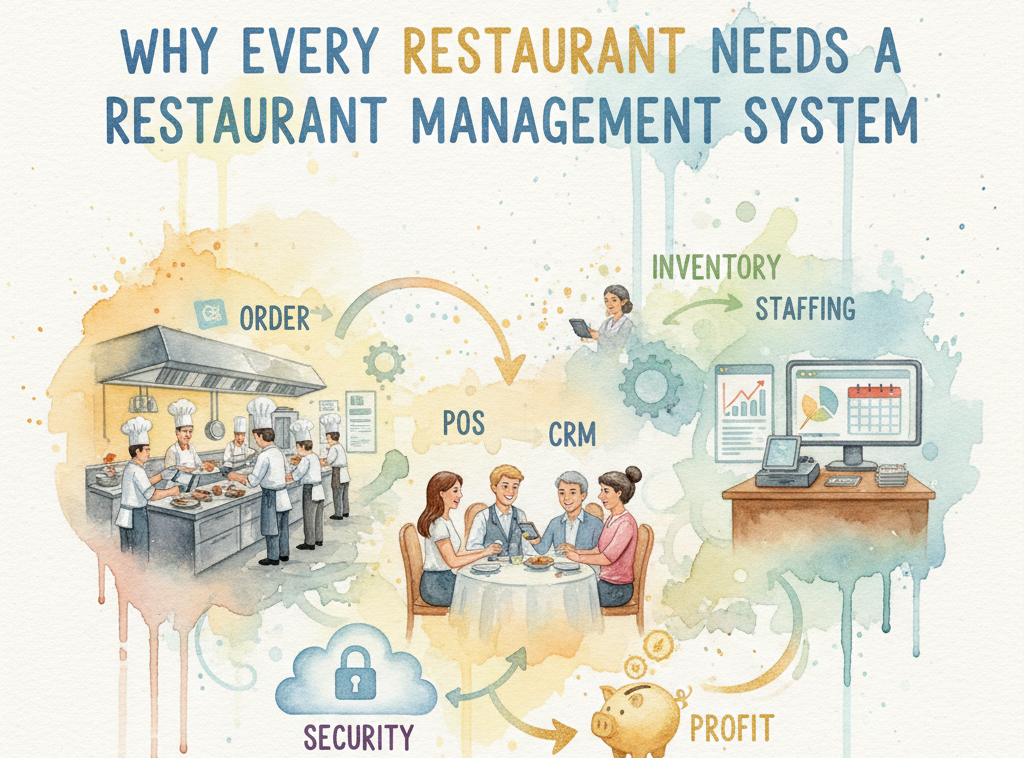Causes of Higher Food Cost in Your Restaurant and How to Stay Afloat

Are you a restaurant owner wondering why you’re seeing higher food cost? It can be tough to stay afloat in an industry that’s increasingly expensive, but with the right strategies, you can keep your food cost under control. In this article, we will discuss the factors that drive up food cost, how you can use the current technology to optimise costs, and the steps you can take to keep your restaurant competitive.
What Causes High Food Cost?
The ever-increasing demand for fresh ingredients and higher-quality dishes is taking a toll on restaurants all over the world. All of these changes, combined with other factors like inflation, taxes, and labour costs, have caused food costs to skyrocket.
There are several different factors that contribute to high food costs, such as:
- Rising Prices for Ingredients: ingredient prices are constantly changing due to disruptions in the supply chain. For example, weather-related or political events can cause prices for certain ingredients to spike. Additionally, market demand for certain ingredients can also cause prices to increase.
- Increases in Labour Costs: labour costs have increased significantly in recent years due to local minimum wage laws and employment regulations. As labour costs go up, so do food costs.
- Inflation: inflation affects all aspects of the restaurant business, from ingredients to rent and salaries. As prices rise, so do food costs.
- Poor Inventory Control: when restaurants don’t track their inventory closely enough, they can be left with excess products they can’t use or sell. This leads to waste, which drives up food costs even further.
- Wastage: if a restaurant isn’t careful about monitoring its ingredients and cooking practices, it could result in more products being thrown away than necessary. This can also increase food costs significantly.
- Not ordering the right quantity: If a restaurant orders too much food, it will likely end up having much of it go to waste. Similarly, if a restaurant orders too little food, it will have to reorder more and spend additional money as a result.
These are just a few of the factors that contribute to high food costs for restaurants. Fortunately, there are ways to mitigate these issues and keep your food cost under control.
What are the variables that go into food cost control?
The main variables that go into food cost control include:
1. Ingredients Purchasing
This involves ensuring that you purchase the right ingredients and supplies at the most appropriate price. It involves controlling the quantity of ingredients purchased, researching the best source for each item, and negotiating with suppliers to get the best price.
Food Market Hub can help restaurants with ingredient purchasing by streamlining the process. Through the platform, restaurants can place orders and easily message all of their suppliers in one app. This eliminates the need to manually contact each supplier, saving time and energy. Additionally, Food Market Hub provides real-time information on market prices, allowing restaurants to make smarter purchasing decisions. With its integrated payment process, restaurants can also pay their suppliers quickly and easily without having to keep track of multiple invoices. Finally, Food Market Hub gives restaurants access to a wide range of suppliers, enabling them to compare prices and find the best deals on ingredients.
2. Food Preparation and Storage
As much of a restaurant’s food cost comes from waste, it is crucial to practise proper food storage and preparation techniques to reduce losses. This includes properly storing and labelling foods, using the correct equipment for cooking and preparing meals, using portion control when dishing out meals, and using leftovers for future meals.
Food Market Hub can help restaurants with food preparation and storage through our Central Kitchen and Production Control module. This module can help manage product availability for each outlet, granting customised access to each user on a module level. It also allows for the monitoring of production at the production centre and the ability to distribute products based on orders from each outlet. The Quality Control module provides analysis of sales and production data to identify wastage and optimise operations which can help improve the efficiency of the restaurant's food production and storage.
3. Menu Planning and Pricing
The process of menu planning involves carefully considering which items should be included on the menu in order to optimise profits while still meeting customer demand. When setting prices, it is essential to take into account the current market conditions and labour costs, as well as expected customer demand.
Food Market Hub helps restaurants with menu planning and pricing by tracking activities and managing stock. It monitors prices and stock counts, allowing restaurants to identify cost increases quickly by using purchase history logs. Restaurants can avoid over-ordering and minimise wastage by using the sales data that Food Market Hub provides. It also enables them to optimise their pricing strategy to meet customer needs, maximise profits and minimise risk. The platform also offers a variety of reporting capabilities which offer insights into sales, customer behaviour, costs and profitability which can be used to inform menu planning and pricing decisions.
4. Staff Training
Training your staff on proper food storage and preparation techniques can help reduce losses due to waste and improper handling. Training staff on provisioning techniques can also help minimise costs related to over-ordering or under-ordering ingredients or supplies.
Food Market Hub's staff management features enable managers to easily control and manage their employees. With customisable access levels, managers can give the appropriate permissions to each staff member and restrict access to those with only report views or edit access. Additionally, the approval system allows managers to track what is being ordered, making it easier for them to empower their staff members to be productive without slipping into overspending.
Many restaurants have started using software programs or mobile apps to track their ingredients and sales in real-time. This is a great way to stay on top of current trends and be able to quickly adjust pricing and ordering strategies in order to stay competitive.
Additionally, these programs can help you identify areas where you can reduce waste or optimise production processes to maximise profits while minimising losses due to over-ordering or spoilage.
Conclusion
The cost of running a restaurant is always increasing due to inflation and other external factors. But with the right strategies and technology tools in place, restaurants can still remain competitive by managing their ingredient price and reducing waste while ensuring they serve quality meals at reasonable prices.
Start taking control of your food cost today and stop losing profit over it – Food Market Hub is the expert on food cost control – identify your COGS in real-time, control your ingredient price, and reduce wastage – all in one app!










